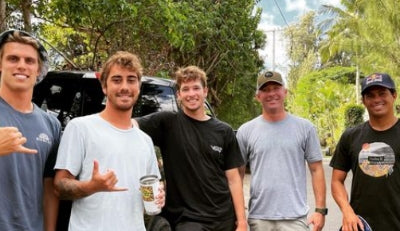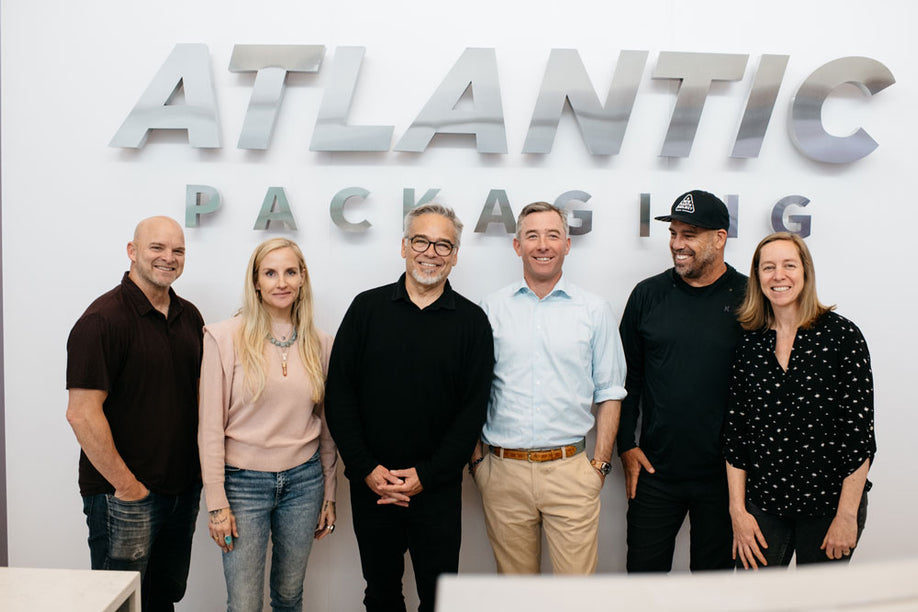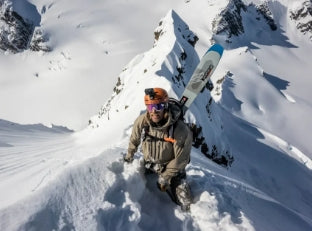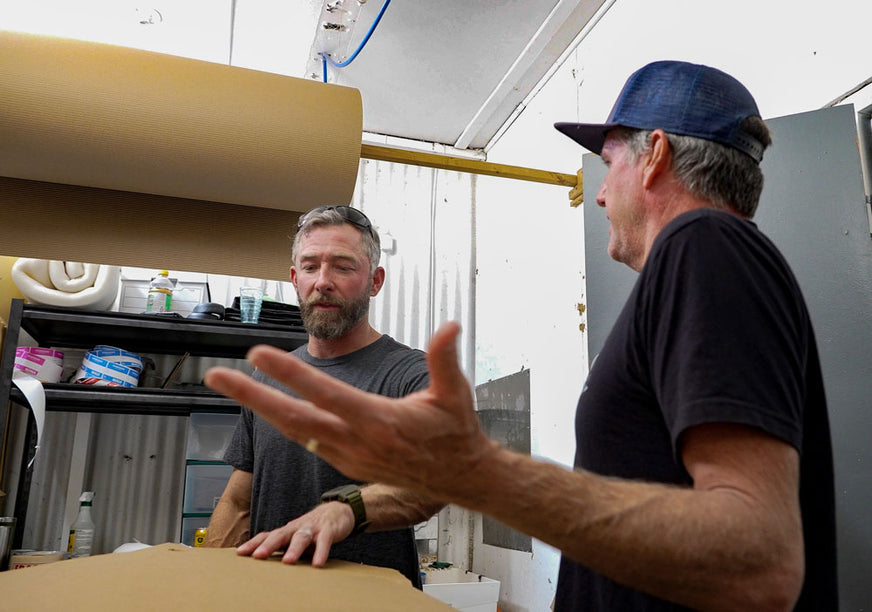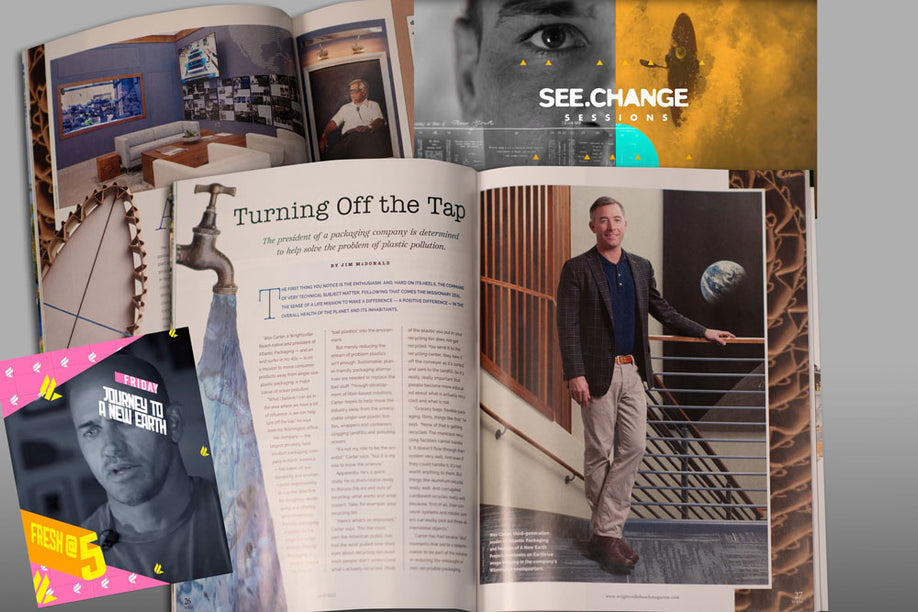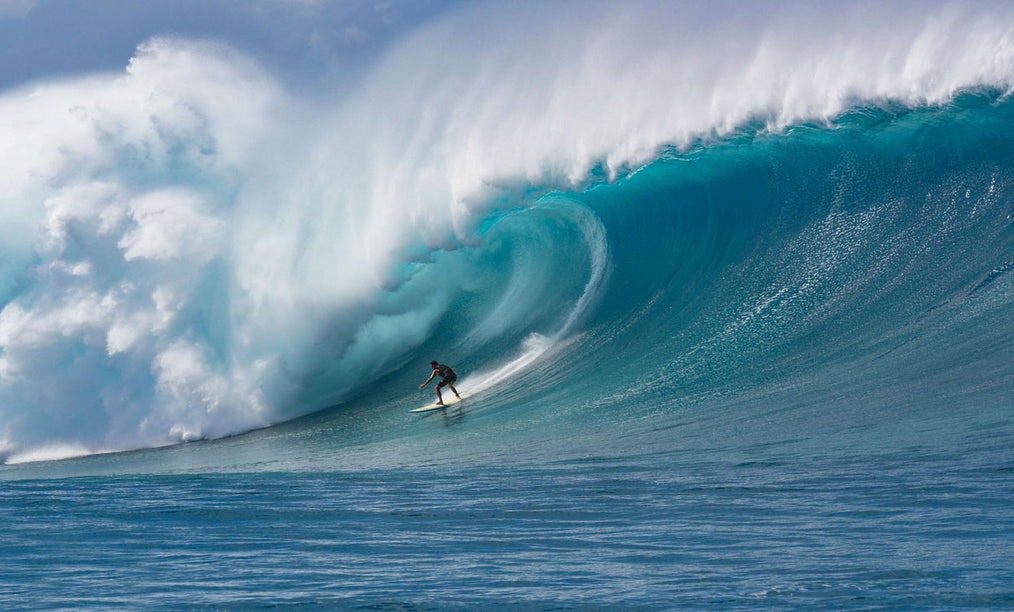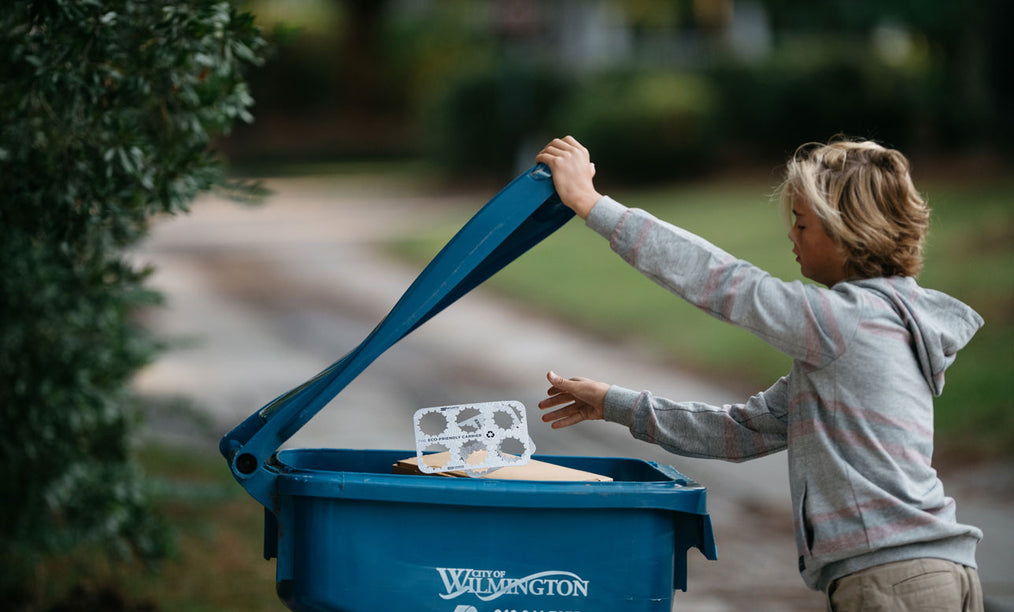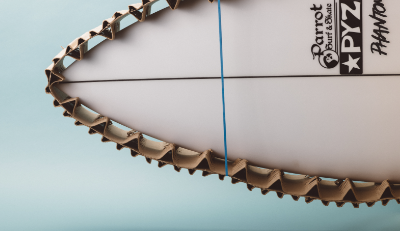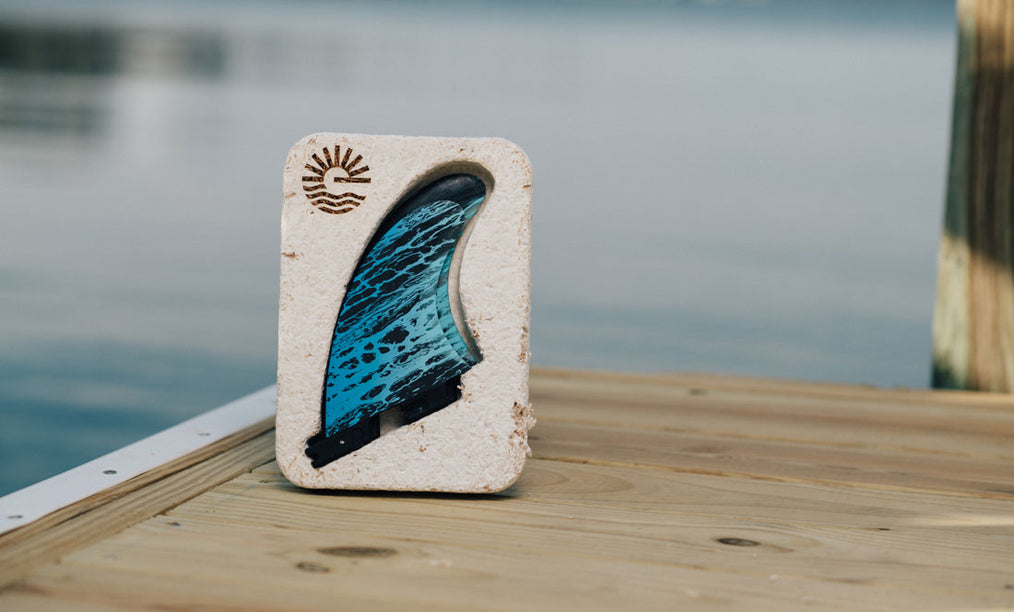If you spend enough time in the high country, you may start to believe those places are untouchable - above the fray, beyond the noise. That’s part of why we’ve been working with professional skier and A New Earth Project Advocate Cody Townsend: to look closer. Together, we set out to understand what’s landing on the snowfields and ridgelines we love, and what our industry can do about it. In collecting alpine samples with Cody, the story that emerged is stark: microplastics are showing up even on remote peaks, carried on the wind and delivered by storms.
“We started sampling very remote peaks…seeing Styrofoam fragments, carpet fibers - non‑biodegradable microplastics. It’s kind of terrifying.” —Cody Townsend
That sentence hits hard. It was a real wake up call for us, too. If microplastics can travel through the atmosphere and fall as snow on untouched summits, then the problem isn’t “out there.” It’s everywhere. And it’s ours to solve.
Built to Vanish - by Design
Part of tackling microplastics is eliminating the upstream materials that create them. That’s why we’re championing Cruz Foam, a next‑generation, bio‑based foam designed to do the job of expanded polystyrene (EPS) and other plastic foams, without leaving persistent fragments behind. Derived from natural inputs (including chitin, the biopolymer that makes crab shells hard) and upcycled food waste, Cruz Foam is engineered to perform and then return to the earth.
That means the cushioning, insulation, and protection that brands need for effective packaging doesn’t have to come with a centuries‑long footprint. Or, as the team behind Cruz Foam likes to say: “We design our product to disappear.”

Proof in the Real World
Alternative materials in packaging only matter if they work at scale. We’ve watched Cruz Foam do exactly that. Their foam material can drop into existing equipment and workflows so companies can switch without retooling entire operations. That “drop‑in” compatibility is crucial for momentum across supply chains that ship fragile goods every day.
And it’s already delivering in the field. From Verve Coffee using Cruz Foam to ship cold brew with stable temperatures, to Meals on Wheels sending groceries and prepared foods using protective, compostable insulation, the impact is tangible, human, and growing. Every box that uses Cruz Foam in place of EPS is one less source of microplastic pollution down the line.

The Mountain Connection
Cody Townsend's life is bound up with the places he rides. His perspective reminds us that environmental health and human wellbeing are inseparable. If microplastics are detected in the cleanest mountain snow we can find, it validates why upstream packaging choices matter.
Our collaboration with Cody is about more than awareness; it’s about turning field observations into packaging decisions that keep microplastics out of watersheds, soils, and our air.
“The best thing for any material is to be biodegradable. To have products that are made to do that ... there’s no better solution than that.” —Cody Townsend
Watch the Film, Join the Work
▶️ Watch the Imagine 5 short featuring Cody and Cruz Foam. We're so proud to have this featured on Leonardo DiCaprio's YouTube Channel.
💡Explore the solution: Learn more about Cruz Foam and how to source compostable cushioning and cold‑chain insulation for your products
If you’re an outdoor brand or in the food and beverage industry and you're ready to move away from EPS foam, we’d love to help you pilot, test, and scale. Contact us here!
